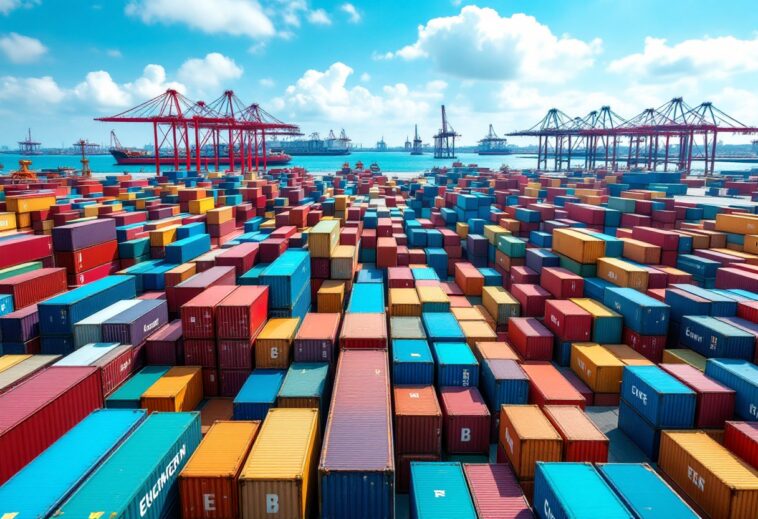Table of Contents
Introduction to Trump’s Tariffs
In a bold move that has sent ripples through the global economy, President Donald Trump recently announced new tariffs on imports from Canada, China, and Mexico. This decision, made under the International Emergency Economic Powers Act (IEEPA), includes a 25% additional tariff on imports from Canada and Mexico, alongside a 10% tariff on Chinese goods.
Such measures are not merely economic strategies; they are also political statements that reflect Trump’s administration’s approach to trade and international relations.
The Rationale Behind the Tariffs
Trump’s administration has long argued that previous trade agreements have disadvantaged American workers and industries.
By imposing these tariffs, the administration aims to protect domestic manufacturing and reduce the trade deficit. However, critics argue that these tariffs could lead to increased prices for consumers and retaliatory measures from affected countries. The implications of these tariffs extend beyond economics; they touch on national security, diplomacy, and the very fabric of international trade relations.
Impact on Global Trade Relations
The announcement of these tariffs has sparked concerns among global trade partners. Canada and Mexico, both integral to the North American trade framework, have expressed their discontent, warning of potential trade wars. Meanwhile, China’s response has been equally critical, accusing the U.S.
of undermining global trade norms. As the world watches, the question remains: will these tariffs lead to a more favorable trade environment for the U.S., or will they escalate tensions and disrupt established trade relationships?
Media Coverage and Public Perception
The media’s portrayal of Trump’s tariffs has been mixed, with some outlets emphasizing the potential benefits for American workers, while others highlight the risks of economic retaliation. Fox News, in particular, has been a platform for Trump’s narrative, featuring interviews that showcase his administration’s achievements and challenges.
As the Super Bowl approaches, Trump’s interview with Bret Baier is expected to draw significant attention, providing a platform for the President to articulate his vision for America’s trade future.
Conclusion: The Future of Trade Policy
As the U.S. navigates this new era of trade policy, the long-term effects of these tariffs remain to be seen. Will they succeed in revitalizing American industries, or will they provoke a backlash that undermines economic stability? The coming months will be crucial in determining the trajectory of U.S. trade relations and the broader implications for the global economy.




